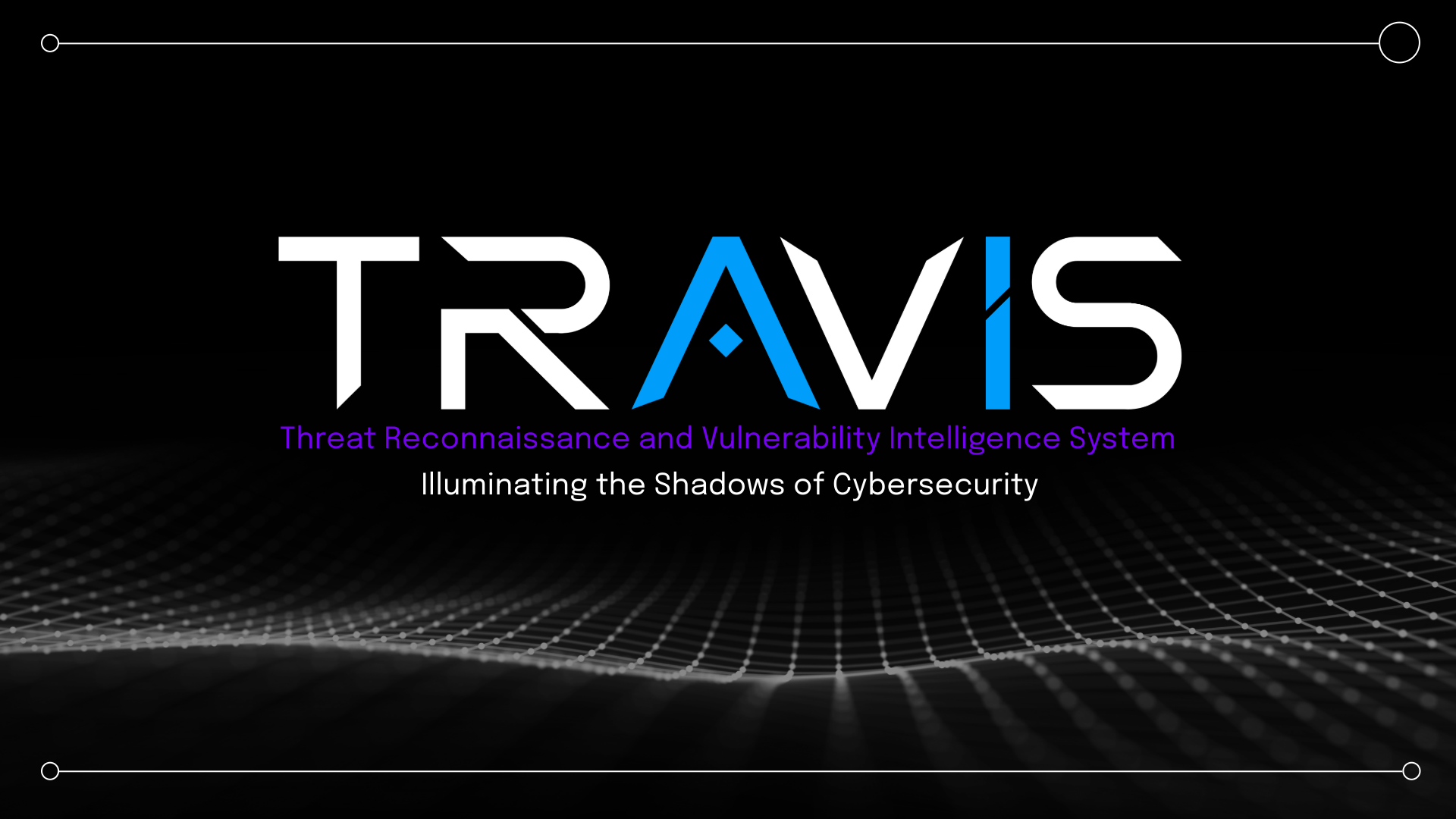Grab a comfy seat (or stretch those legs at your standing desk) because we need to dive into something important: CVE-2024-9143. Don’t worry, this will be more intriguing than your last deep-dive into encryption algorithms.
What's the Buzz?

It’s October 16, 2024, and while you were pondering whether your smart fridge is secretly plotting against you, the cybersecurity community was alerted to a significant vulnerability in OpenSSL. Imagine discovering a hidden trapdoor in your digital stronghold that you never knew existed.
CVE-2024-9143, affectionately dubbed "The Memory Misplacer," was unveiled recently. And trust me, it's got security teams racing to secure their systems faster than you can say "buffer overflow."
The Essentials (or "Why You Should Pay Attention")
Let’s break it down without the tech jargon:
- What’s the issue? A vulnerability involving out-of-bounds (OOB) memory access in OpenSSL’s low-level elliptic curve APIs. Think of it as someone sneaking into your system and spilling secrets by poking where they shouldn’t.
- Who’s affected? Users running OpenSSL versions 3.3.0 through 3.3.2, 3.2.0 through 3.2.3, 3.1.0 through 3.1.7, 3.0.0 through 3.0.15, 1.1.1 through 1.1.1zy, and 1.0.2 through 1.0.2zk.
- How serious is it? On a scale from "minor glitch" to "time to panic," it’s rated as Low. But don’t let that lull your guard down!
This vulnerability affects:
- OpenSSL (various versions as listed)
- OpenSSL Vendors (because security is a team sport)
Why This Should Be on Your Radar
I get it, another vulnerability alert might seem trivial in the grand scheme of things. Still, before you push it to the back burner, reflect on this:
Your OpenSSL setup is like the locks on your digital doors. CVE-2024-9143 is a weak link in that security chain. Even a minor vulnerability can be exploited, potentially leading to bigger issues if left unaddressed.
Still not convinced? Here’s why this matters more than deciding what to have for breakfast:
- Data Integrity: Your data is the lifeblood of your operations. This flaw is like having a crack in your dam—small at first, but potentially disastrous.
- Compliance Stakes: GDPR, CCPA, HIPAA—you name it. This vulnerability could push you into non-compliance faster than you can say "data breach."
- Reputation Risks: In today’s digital age, news of a security flaw spreads like wildfire. And it's far less charming than your favorite viral meme.
Introducing TRaViS: Your New Security Sidekick
Before you consider switching careers to something less tech-heavy (maybe pottery?), let me introduce you to TRaViS (Threat Reconnaissance and Vulnerability Intelligence System).
Think of TRaViS as that vigilant friend who always spots potential dangers before anyone else, but in this case, it's dedicated to keeping your systems secure. It’s designed to:
- Identify vulnerabilities with the sharpness of a hawk eyeing its prey.
- Analyze threats as meticulously as a detective solving a mystery.
- Mitigate risks more efficiently than a seasoned project manager organizing a chaotic office.
- Monitor your systems 24/7, because unlike your favorite coffee machine, TRaViS never takes a break.
In our upcoming sections of "Shielding Your OpenSSL Deployments," we’ll explore how TRaViS can elevate your security from "fingers crossed" to "bring it on, cyber threats."
Stay tuned, keep those systems updated, and remember: in cybersecurity, a little vigilance goes a long way.
(P.S. If you haven’t reviewed your OpenSSL setup yet, now’s the perfect time. Better safe than sorry, right?)
II. CVE-2024-9143: The Unwanted Intrusion in Your Encryption Suite
A. The "Who Poked the Memory?" Flaw
Let’s delve into CVE-2024-9143 – the vulnerability that's got admins scrambling for their emergency stress balls. Imagine your OpenSSL setup as the gatekeeper of your encrypted data. Normally, it’s excellent at keeping out unwanted guests. But CVE-2024-9143 is like someone finding a backdoor that lets them peek into your secure vault.
Here’s the scoop in plain English:
- Vulnerability Type: Out-of-bounds (OOB) memory access in low-level elliptic curve APIs.
- Affected Versions: OpenSSL 3.3.0 through 3.3.2, 3.2.0 through 3.2.3, 3.1.0 through 3.1.7, 3.0.0 through 3.0.15, 1.1.1 through 1.1.1zy, and 1.0.2 through 1.0.2zk.
- Impact: Potential application crashes or, in rare cases, remote code execution if exploited by malicious actors.
The twist? This isn’t just a server problem. It’s like the vulnerability decided to throw a wild party and invited all your sensitive data without permission.
B. Why This Vulnerability is More Alarming Than a Missed Meeting
You might think, "Another vulnerability? No big deal." Think again! This issue is more critical than forgetting to mute yourself on a video call. Here’s why:
- Memory Mayhem: Out-of-bounds memory access can lead to unexpected behavior, including application crashes or, worse, remote code execution. It’s like having a leak in your boat—small at first, but potentially sinking you if not fixed.
- Wide Impact: Affecting multiple versions and components means it’s not just your main server—your entire ecosystem could be at risk.
- Compliance Headaches: Auditors love nothing more than finding glaring vulnerabilities in your security setup. GDPR, HIPAA, and others are watching closely!
- Reputation Damage: In the digital era, a security breach spreads like wildfire, and it’s far less charming than your latest meme.
C. Enter TRaViS: Your Digital Shield and Sword
Now that we’ve stirred the pot a bit, let me introduce the star of our story: TRaViS. No, it’s not a trendy new café—it stands for Threat Reconnaissance and Vulnerability Intelligence System, and it’s about to become your best ally.
Think of TRaViS as the ultimate multi-tool of cybersecurity, smarter and more versatile than any gadget you own. Here’s why TRaViS is your go-to defender against CVE-2024-9143 and other threats:
- Keen Detection: TRaViS spots vulnerabilities with the sharpness of an eagle scanning the horizon.
- In-Depth Analysis: It doesn’t just find issues; it understands their impact on your unique setup. Elementary, my dear Watson!
- Tailored Solutions: TRaViS crafts customized mitigation strategies suited to your environment, like a tailor-made suit for your security needs.
- Round-the-Clock Protection: Unlike that coffee machine you forget to maintain, TRaViS is always on duty, monitoring for new threats.
- Seamless Integration: TRaViS works effortlessly with your existing tools, enhancing your security infrastructure without a hitch.
III. CVE-2024-9143: When Your Encryption Suite Trusts Too Easily
A. The Breakdown: What’s Really Happening?
Alright, tech detectives, it’s time to put on our magnifying glasses and investigate CVE-2024-9143. Picture this vulnerability as that overly trusting friend who hands out house keys to everyone they meet—not the best idea, right?
- The "Go Ahead, Run That Command!" Issue
At its core, this vulnerability is about OpenSSL’s excessive trust in handling low-level elliptic curve parameters. It’s like leaving your front door wide open and hoping only friendly neighbors drop by.- Technical Details:
- Out-of-Bounds Memory Access: Allows attackers to execute arbitrary commands or cause application crashes.
- Consequences: Exposure of sensitive information, potential for remote code execution.
- Technical Details:
- Elliptic Curve Cryptography (ECC) Under the Microscope
Here’s where it gets interesting—this vulnerability targets the low-level GF(2^m) elliptic curve APIs. It’s like the vulnerability equivalent of finding a flaw in your favorite lock’s design.- Impact on ECC:
- Memory Access Issues: Out-of-bounds reads/writes can destabilize applications.
- Exotic Curve Encodings: Only applications using unconventional curve parameters are at significant risk, making widespread exploitation unlikely but still possible.
- Impact on ECC:
- The OpenSSL Family Impact
This isn’t just a one-product issue. Oh no, CVE-2024-9143 decided to involve multiple OpenSSL versions in this security fiasco:- Affected Versions:
- 3.3.0 through 3.3.2
- 3.2.0 through 3.2.3
- 3.1.0 through 3.1.7
- 3.0.0 through 3.0.15
- 1.1.1 through 1.1.1zy
- 1.0.2 through 1.0.2zk
- Vendor: OpenSSL
- Nature: Unauthenticated attackers can exploit out-of-bounds memory access, leading to potential data breaches or system compromises.
- Affected Versions:
B. Why Your CTO Should Be Concerned
- Security Risks: Beyond Just Data
When we discuss the impact, we’re not talking minor glitches. We’re in "pull out the big guns" territory here.- Data Breach Bonanza: Elevated privileges mean attackers can access, modify, or delete data faster than you can say "Where’s our backup?"
- Lateral Movement Mayhem: Once inside, attackers can spread through your network like a bad office rumor.
- Stealth Mode Activated: High-level access allows attackers to cover their tracks, staying undetected longer than that forgotten lunch in the office fridge.
- Compliance: The Costly Game
In the realm of data regulations, ignorance isn’t bliss—it’s a direct path to hefty fines.- GDPR: The EU’s data protection regulation doesn’t just apply to EU companies. If you have EU customers, you’re in the club, and they love handing out fines like party favors.
- CCPA: For those dealing with California residents, non-compliance can lead to significant penalties.
- HIPAA: Healthcare data breaches? Prepare for fines that’ll make your accountant shed a tear.
C. Why Addressing This Vulnerability is Like Hunting for a Needle in a Haystack (But Worth Every Effort)
Detecting and mitigating CVE-2024-9143 isn’t exactly a leisurely walk in the park. It’s more like navigating a labyrinth where every corner could hide a potential threat.
- The Invisible Menace: This vulnerability doesn’t wave a flag or set off alarms. It’s stealthy, operating behind the scenes like a ninja in your database.
- Version Confusion: With multiple affected versions, keeping track of what needs patching is like herding cats—challenging and likely to leave you with scratches.
- Platform Predicament: Being specific to certain OpenSSL versions adds another layer of complexity for organizations running mixed environments. It’s like playing a game where only some pieces are causing trouble.
- Patch Challenges: Updating OpenSSL isn’t as simple as refreshing your browser. It often requires downtime, thorough testing, and a circle of prayer for DBAs hoping nothing breaks.
- Legacy Systems Woes: Older systems that can’t be easily updated? They’re like that old flip phone you keep "just in case"—nostalgic, but a security nightmare.
In conclusion, CVE-2024-9143 is the unwelcome guest at your OpenSSL deployment party that you definitely want to show the exit. But don’t fret—in our next exciting installment, we’ll discuss how TRaViS can be your security gatekeeper, keeping your data safe and your compliance officers smiling.
Remember, in the realm of cybersecurity, it’s better to be the vigilant guardian than the oblivious one wondering where all the secrets went!
Stay Secure, Stay Informed
Reference: OpenSSL Advisory
Disclosure: Reported by Google OSS-Fuzz-Gen and remediated by Viktor Dukhovni, published on October 16, 2024.
Recommendation:
Immediately upgrade to OpenSSL 3.3.3, 3.2.4, 3.1.8, 3.0.16, 1.1.1zb, or 1.0.2zl to mitigate potential risks associated with this vulnerability.
Stay tuned for more insights and tips on fortifying your digital defenses!
Get it touch:
